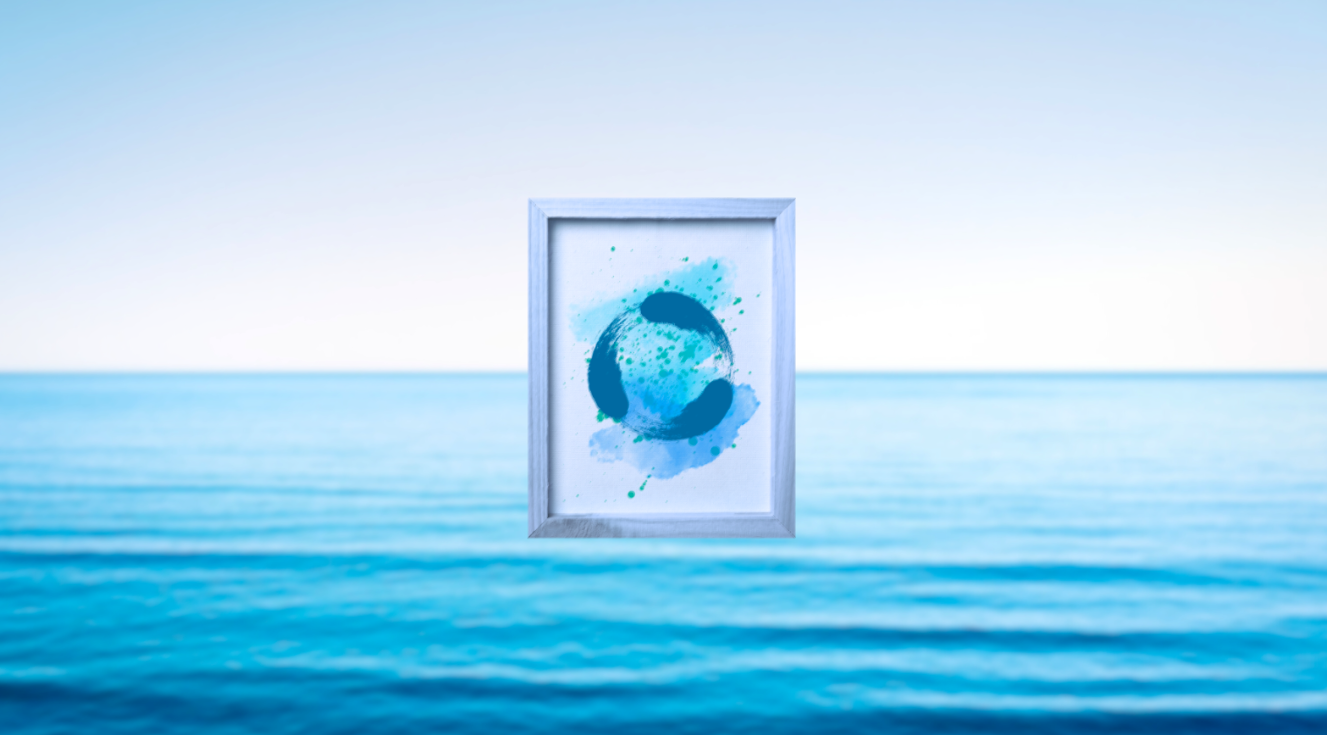Many people seek effective ways to manage stress and improve mental well-being. The combination of mindfulness and art has emerged as a powerful therapeutic approach that offers both creative fulfilment and measurable mental health benefits. This blog examines the principles and therapeutic benefits of creative mindfulness practices, as well as practical ways to integrate them into daily life.
The Connection Between Mindfulness and Art
Mindfulness involves paying deliberate attention to the present moment without judgment. When applied to artistic creation, this awareness transforms the creative process into a form of active meditation. Unlike traditional meditation that focuses on stillness, mindful creativity engages both mind and body through purposeful creative action.
Research shows that engaging in creative activities while maintaining present-moment awareness activates the brain’s relaxation response while simultaneously stimulating areas associated with focus and emotional regulation. This dual activation creates a unique therapeutic state that differs from both passive meditation and non-mindful creative activities.
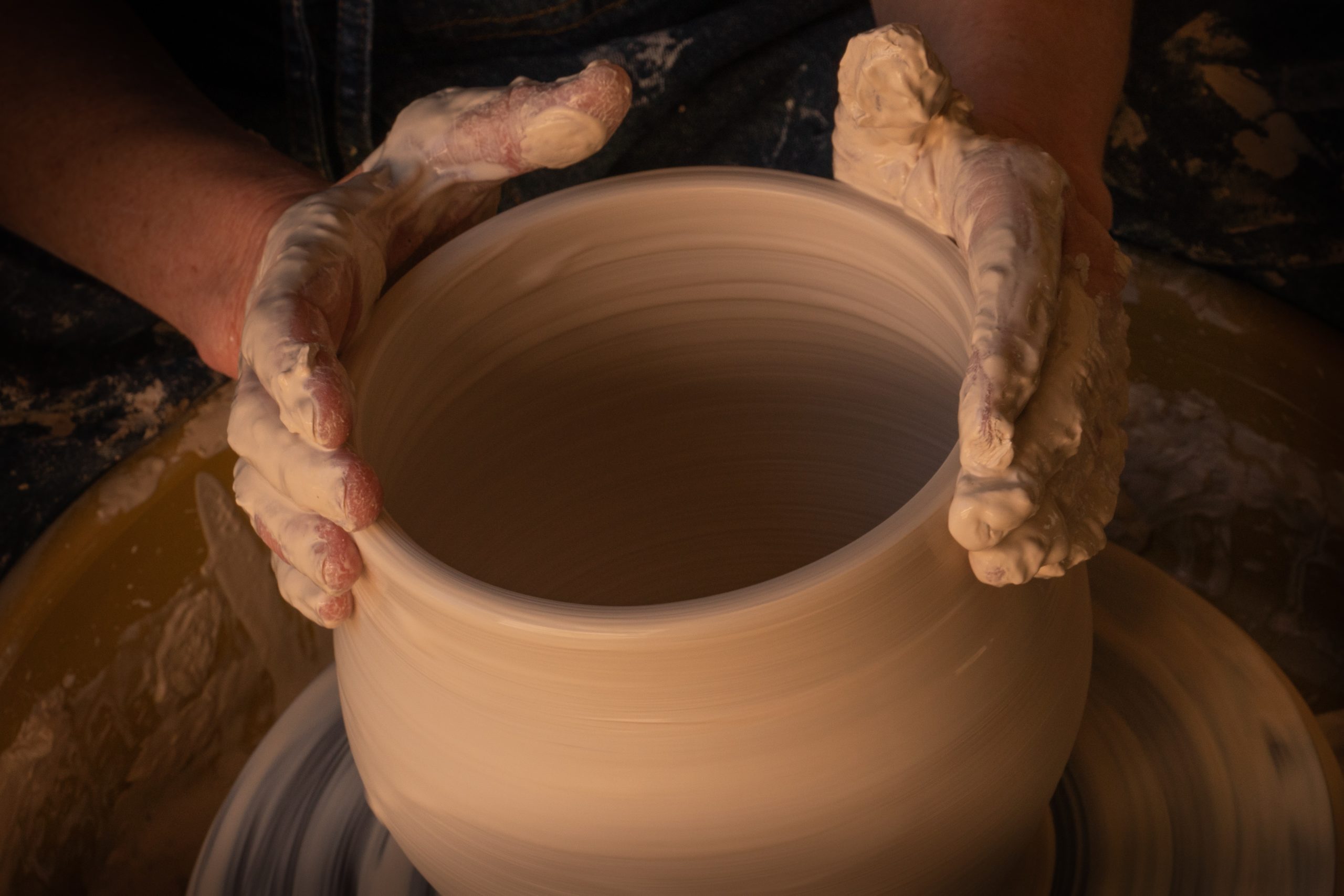
Benefits of Mindful Art
The practice of mindfulness and art offers a wide range of benefits that extend far beyond traditional creative expression. These advantages span physical, mental, and emotional well-being, making it an accessible and powerful tool for personal development.
Immediate Benefits:
- Reduced stress and tension within minutes of practice
- Enhanced focus and concentration during creative sessions
- Increased sense of calm and present-moment awareness
- Improved emotional regulation and self-awareness
- Greater appreciation for the creative process itself
Long-term Benefits:
- Sustained improvements in overall mental health and well-being
- Enhanced creativity and artistic expression in all areas of life
- Stronger emotional resilience and coping mechanisms
- Improved self-compassion and reduced self-criticism
- Better sleep quality and reduced anxiety levels
- Increased mindfulness in daily activities beyond art-making
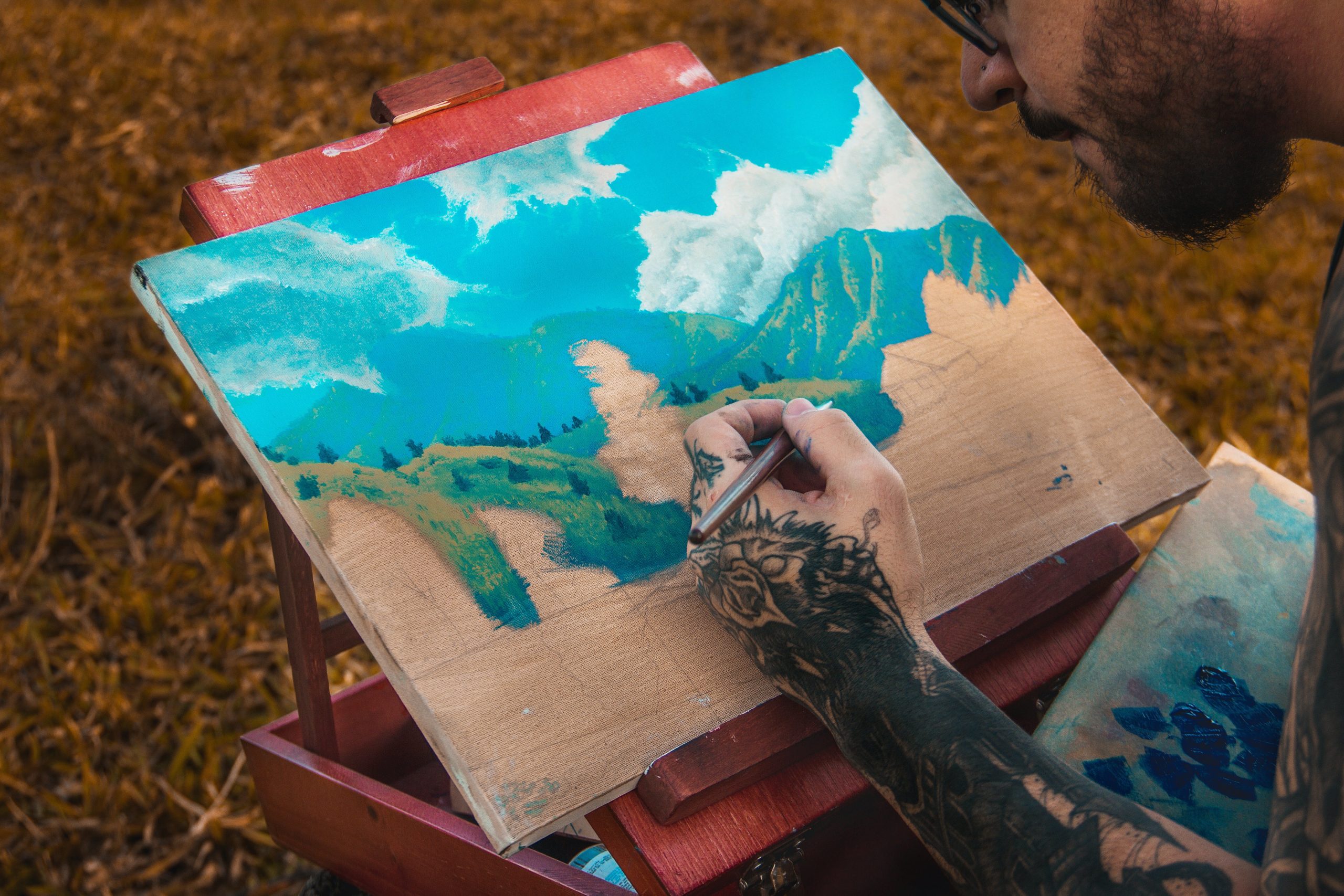
Cognitive Benefits:
- Improved sustained attention and focus abilities
- Enhanced working memory and cognitive flexibility
- Increased neuroplasticity and brain health
- Better problem-solving skills through creative thinking
- Strengthened mind-body connection and awareness
Social and Emotional Benefits:
- Greater emotional intelligence and self-understanding
- Improved communication skills through non-verbal expression
- Enhanced ability to process difficult emotions safely
- Increased sense of personal accomplishment and self-efficacy
- Better relationships through improved emotional regulation
Specific Therapeutic Benefits of Mindful Art
1. Stress Reduction and Cortisol Regulation
Studies conducted by Dr. Girija Kaimal at Drexel University found that just 45 minutes of art-making significantly reduced cortisol levels in participants, regardless of their artistic experience. The stress relief through art approach amplifies this effect by:
- Engaging the parasympathetic nervous system
- Reducing rumination and worry cycles
- Providing a healthy outlet for emotional expression through art
- Creating a sense of accomplishment and self-efficacy
2. Anxiety Management
Mindful creativity practices help manage anxiety through several mechanisms:
- Grounding techniques: Focusing on physical sensations (brush texture, paper feel) anchors attention away from anxious thoughts
- Controlled breathing: The rhythm of creative movements naturally regulates breathing patterns
- Non-verbal processing: Allows expression of feelings that may be difficult to verbalise
- Present-moment focus: Interrupts anxiety’s tendency to focus on future concerns
These techniques are aligned with the principles explored in our article on healing through creativity.
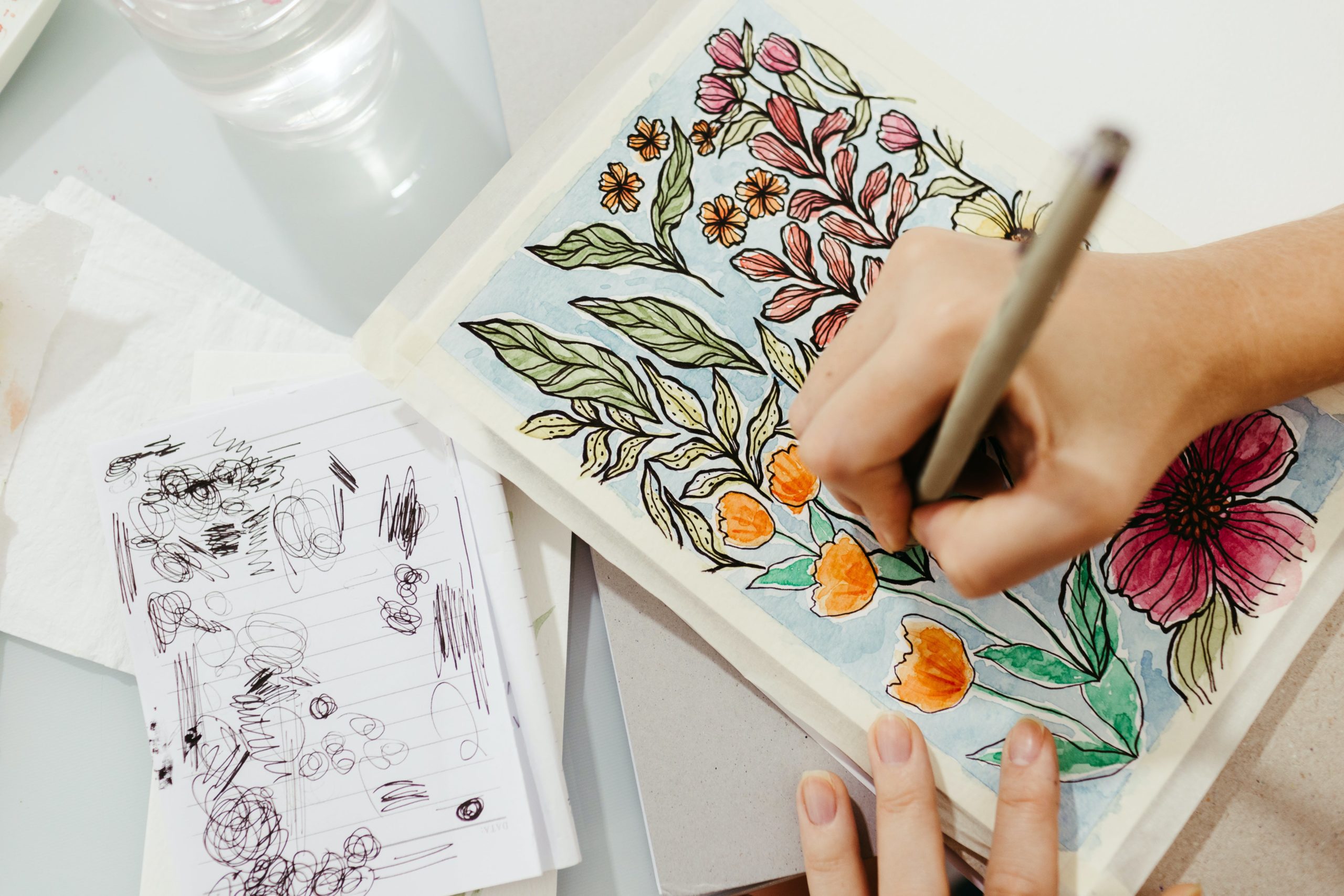
3. Depression Support
For individuals experiencing depression, therapeutic art offers:
- Behavioural activation: Gentle engagement in rewarding activities
- Mood elevation: Creative expression releases dopamine and endorphins
- Self-compassion practice: The non-judgmental approach reduces self-criticism
- Sense of progress: Visible creative output provides tangible evidence of forward movement
4. Trauma Processing
Art therapists increasingly use mindful creativity techniques for trauma recovery because:
- It bypasses verbal processing when words feel inadequate
- Provides a sense of control over the creative process
- Allows for symbolic representation of difficult experiences
- Creates a safe container for exploring emotions at one’s own pace
5. Cognitive Function Enhancement
Regular mindful art practice has been shown to:
- Improve sustained attention and focus
- Enhance working memory
- Increase cognitive flexibility
- Support neuroplasticity and brain health
How Professional Artists Use Mindfulness
Many contemporary artists have integrated formal mindfulness and art practices into their work:
1. Daily Meditation Practice
Artists like Hiroshi Sugimoto begin each day with sitting meditation before entering the studio. This practice enhances:
- Clarity of artistic vision
- Patience with the creative process
- Openness to unexpected developments
- Reduced attachment to specific outcomes
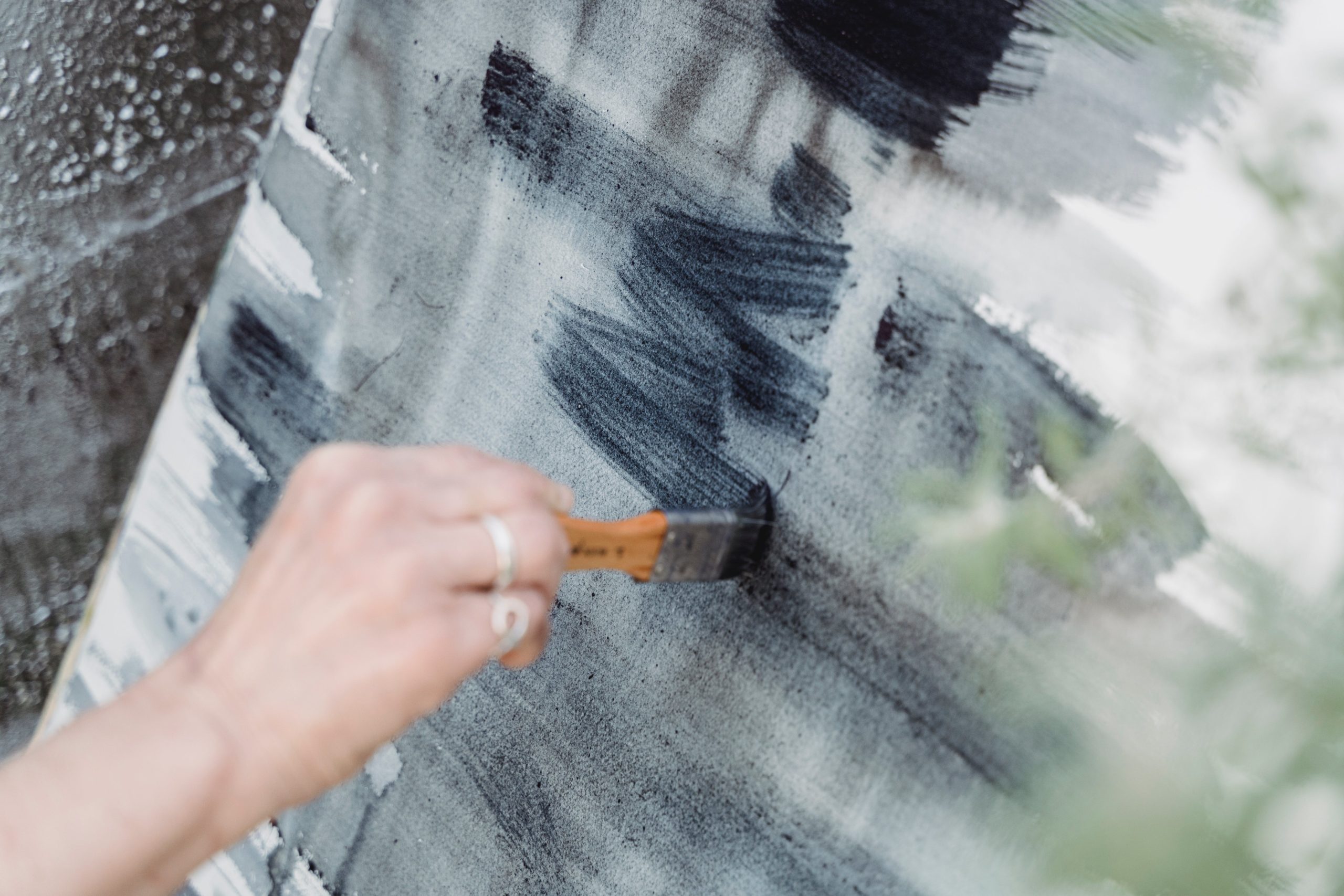
2. Studio Mindfulness Rituals
Professional artists often develop specific mindfulness and art rituals:
- Preparation rituals: Mindfully arranging materials and workspace
- Transition practices: Brief meditations between different creative phases
- Completion ceremonies: Conscious acknowledgement when pieces are finished
3. Mindful Observation
Artists train themselves to see with fresh eyes through:
- Extended observation exercises (studying subjects for 20-30 minutes before drawing)
- Non-judgmental noting of visual details
- Awareness of how lighting and perspective shift over time
- Recognition of their own perceptual biases and assumptions
Starting Your Mindful Art Practice
1. Setting Up Your Space
Create an environment that supports mindful creativity:
- Choose a quiet location with minimal distractions
- Ensure adequate lighting and comfortable seating
- Keep materials simple and easily accessible
- Consider adding elements that promote calm (plants, soft music, natural light)
2. Mindfulness Practices for Different Experience Levels
Complete Beginners:
- Start with 10-minute sessions using basic materials (paper and pencil)
- Focus on making simple, repetitive marks while breathing consciously
- Practice meditative drawing with basic shapes and full attention to the process
- Keep a brief journal noting emotional states before and after sessions
Some Artistic Experience:
- Experiment with different mediums mindfully (watercolours, pastels, charcoal)
- Try blind contour drawing exercises to enhance present-moment awareness
- Practice colour mixing as meditation, focusing on the transformation process
- Incorporate walking meditation to gather visual inspiration mindfully
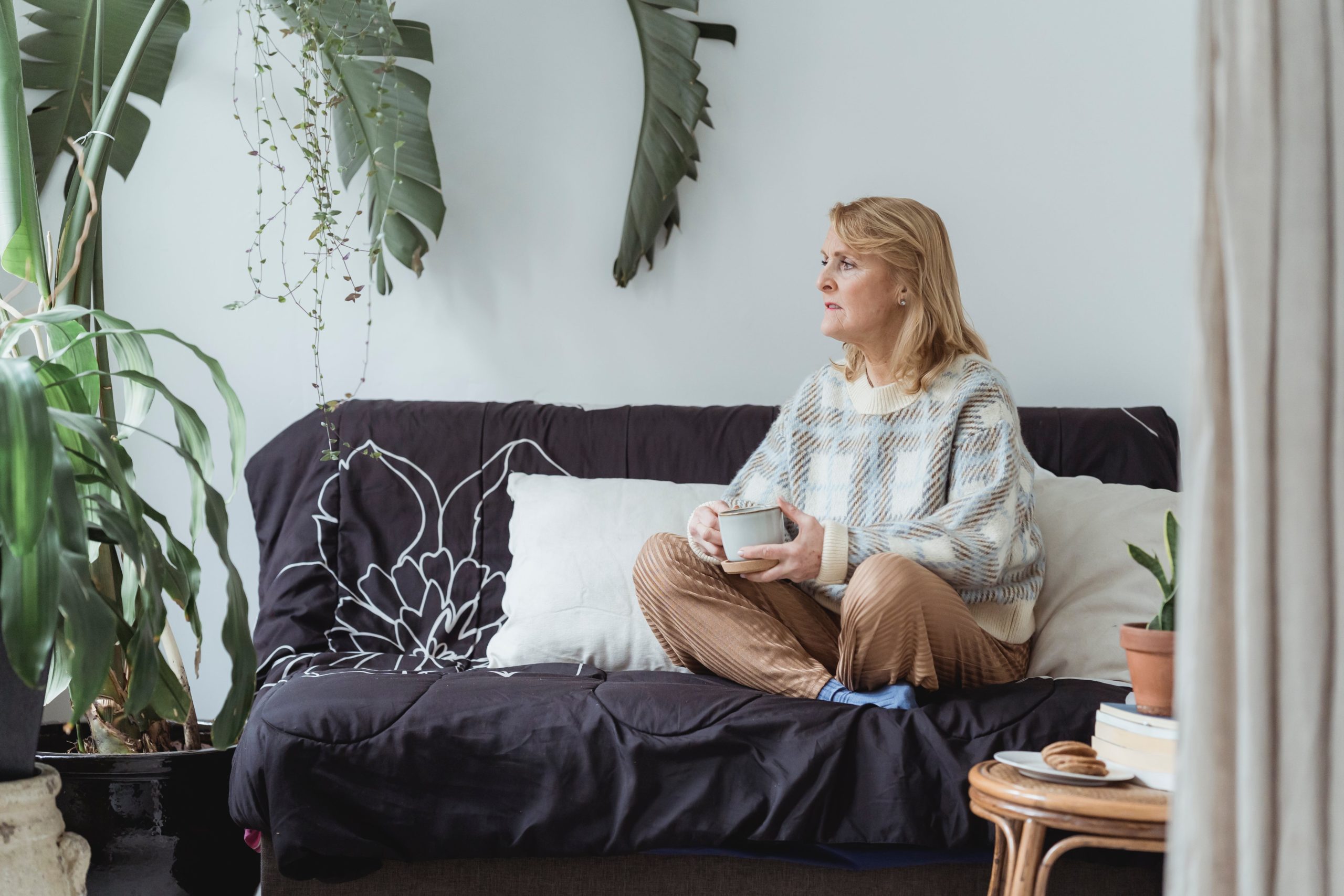
Experienced Artists:
- Integrate formal meditation practice with existing studio routines
- Experiment with extremely slow, deliberate art therapy techniques
- Practice letting go of perfectionism and attachment to outcomes
- Explore how mindful creativity affects artistic decision-making processes
For more on developing artistic identity and emotional expression, check out our guide on finding a personal style that resonates.
3. Common Challenges and Solutions
- a. Challenge: Mind wandering during practice
Solution: Gently redirect attention to physical sensations of creating without self-judgment
- b. Challenge: Frustration with artistic results
Solution: Remember that therapeutic art prioritises process over product; imperfection is part of the practice
- c. Challenge: Difficulty maintaining regular practice
Solution: Start with just 5 minutes daily; consistency matters more than duration
- d. Challenge: Feeling self-conscious about artistic abilities
Solution: Practice in private initially; focus on personal experience rather than external validation
Measuring Progress in Mindful Art Practice
Unlike traditional art instruction, progress in mindfulness and art practice is measured by:
- Increased ability to stay present during creation
- Reduced self-criticism and judgment
- Greater emotional awareness and regulation
- Improved stress management in daily life
- Enhanced overall sense of well-being
Keep a simple practice log noting:
- Duration of each session
- Emotional state before and after
- Level of present-moment awareness (1-10 scale)
- Any insights or observations
Integration with Professional Mental Health Care
While mindfulness and art offer significant benefits, they work best as part of a comprehensive approach to mental health. Consider professional support when:
- Dealing with serious mental health conditions
- Processing trauma or grief
- Needing guidance with specific therapeutic goals
- Wanting to deepen understanding of personal patterns and responses
Many licensed art therapists now incorporate mindfulness and art approaches, combining the benefits of professional therapeutic support with mindful creative practices.
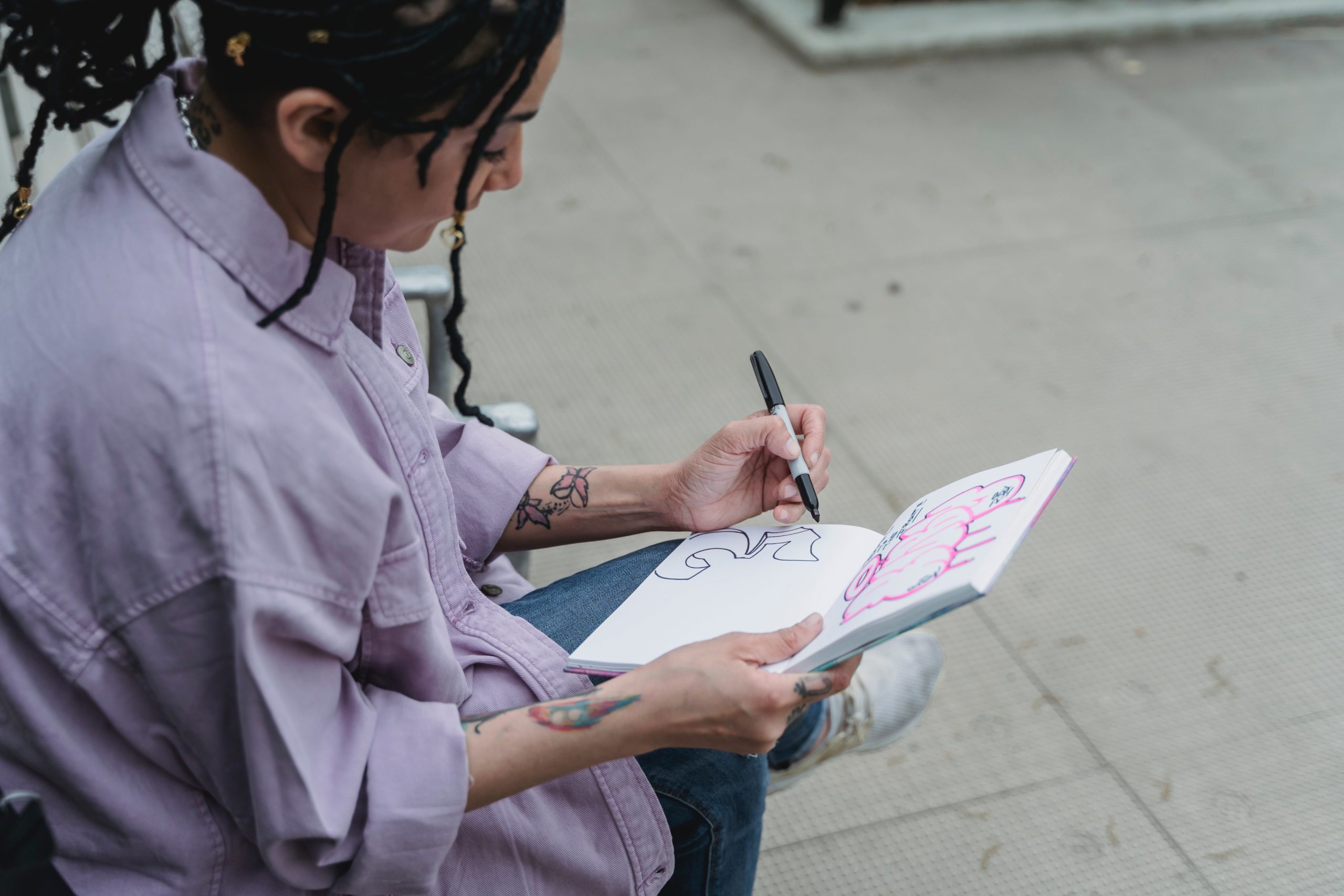
Conclusion: A Practical Path to Well-being
Mindfulness and art practice offer an accessible, evidence-based approach to improving mental health and enhancing creativity. By focusing on present-moment awareness during artistic creation, practitioners can access the proven benefits of both mindfulness meditation and creative expression.
The key to successful mindfulness and art practice lies in consistent engagement with the process rather than concern for artistic outcomes. Whether you have five minutes or an hour, whether you’re using expensive materials or simple pencil and paper, mindfulness and art can become a valuable tool for stress management, emotional regulation, and personal growth.
Start small, be patient with yourself, and remember that every moment of mindful creation contributes to your overall well-being and artistic development.
Frequently Asked Questions
Mindfulness and art involve intentional present-moment awareness during creation. Rather than focusing solely on the result, you pay deliberate attention to physical sensations, breathing, and emotional states throughout the process.
No. Mindfulness and art emphasise awareness and process over artistic skill. Research shows that therapeutic benefits occur regardless of artistic ability or experience level.
Begin with basic materials: paper and pencils, colored pencils, or inexpensive watercolours. The key is choosing materials that feel pleasant to work with and allow you to focus on sensations and process.
Art therapy is conducted by licensed professionals and focuses on specific therapeutic goals. Mindfulness and art are self-directed practices that anyone can use for general well-being, though they can complement professional therapy.
Many people report feeling calmer after single sessions. Measurable benefits like reduced anxiety and improved mood typically develop with consistent mindfulness and art practice over 2-4 weeks.
Research supports mindfulness and art benefits for anxiety, depression, and stress-related conditions. However, it should complement, not replace, professional treatment for serious mental health concerns.
Emotional responses are normal and often therapeutic. The key is observing these feelings without judgment. If emotions feel overwhelming, consider shorter mindfulness and art sessions or professional guidance.

